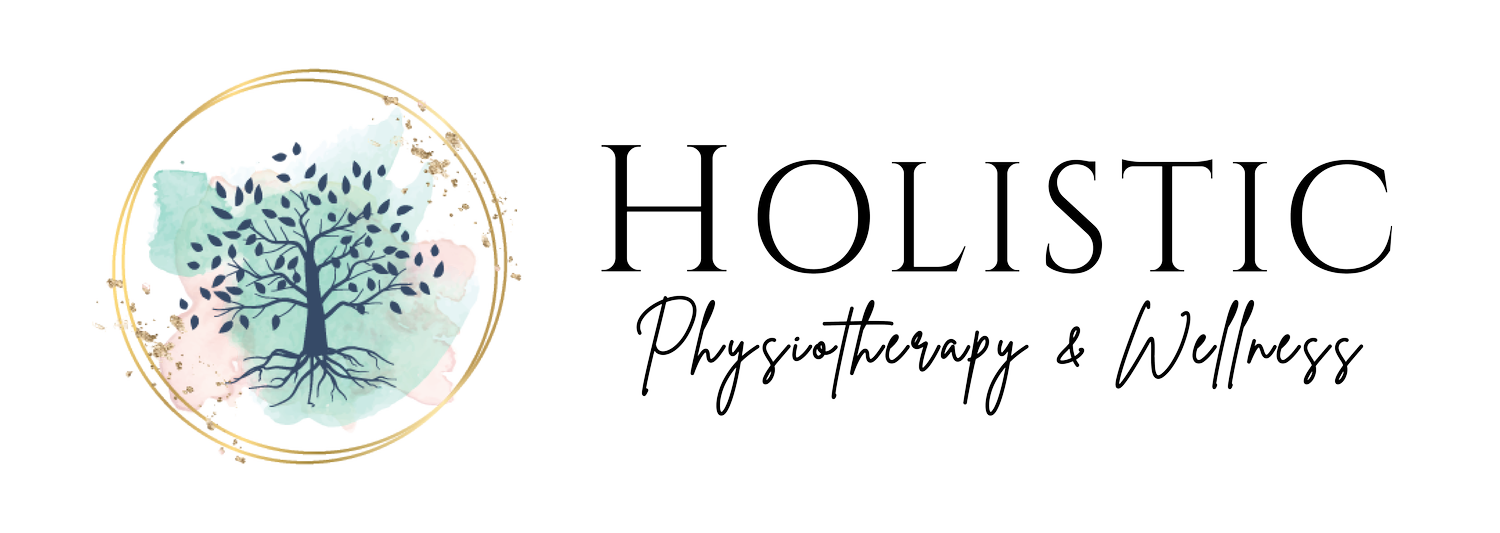Connect Your Mind to Your Body Through Mindful Movement
Written By Danielle Bararuk | Aug 28 2023
Clinical Director, Physiotherapist, Pelvic Health Therapist, Paediatric Physiotherapist, GrowCo Postpartum Rehab Instructor
If you’ve been to our practice before, you’ve probably heard us talk about the importance and power of mindful movement. That’s because, from a holistic standpoint, opening a line of communication and understanding between body and mind is good for the whole person.
At Holistic Physiotherapy & Wellness, we practice a biopsychosocial model of care - this means that we look beyond biology to consider social and psychological factors and the complex interactions between them to understand and treat your health concerns. Mindful movement fully encompasses all these - physical, emotional, mental, and spiritual - and thus becomes a life affirming gift you can give yourself.
So what is mindful movement, exactly? Simply put, it can be all the activities and exercises you currently engage in, while bringing greater awareness to breathing and how your body feels and reacts to the movement in the moment. With greater awareness, we start to adjust our bodies to what feels good, what feels right, or needed, or calming. The mindful addition of deep breathing, intention, and focus will start to stimulate the vagus nerve, increasing parasympathetic activity.
If you’re not familiar with polyvagal theory (really, why would you be?!) we’ll simply say for now that the parasympathetic branch of the autonomic nervous system is commonly referred to as the “rest and digest” system - a good space to be in. By practicing mindful movement, you can shift yourself into a ‘ventral-vagal dominant state’, which is a fancy way of describing a relaxed and restorative state that can positively impact your emotional well-being.
And when it comes to your physical health, study after study show benefits like reduced falls, better immune function, reductions in heart disease, hypertension, diabetes, arthritis, and other chronic conditions. Reduced pain and inflammation, better sleep, improvements in anxiety and depression… the list goes on.
If you’re ready to bring some mind-body principles to your daily life, here’s a few simple ways to get started and get connected!
Meditation practice: Meditation is fantastic all on its own, but have you tried paying close attention to your breath while seated? Try lengthening each breath and consider how that impacts the way you feel. Then try shorter breaths for a short period of time - does that refresh you or stress you?
Yoga: Many yoga classes have a mindful component to them built in, but that will depend on the type of yoga and the instructor. You can always mesh mindfulness in by focusing in on your breath and checking in with each part of your body as your shift from one pose to another. There’s a reason yoga’s origins go back 5,000 years!
Mindful walking: What does the air feel like against your skin? What do the various muscles in your leg feel each time you put one foot in front of the other? The goal isn’t to have a destination - it’s to pay close attention to your breath and your body. If your mind starts to wander, center yourself with a loving hand on your heart.
Biking/Swimming/Dancing: This is the ‘other’ category that encompasses all the things you enjoy doing. Do you like to knit sweaters? Knit mindfully. Cooking? Cook mindfully. Enjoy the release from all the things you worry about every day, and all the problems you try to solve. Pearl one, chop some garlic, breath, and listen to what your body tells you.
We love working with our clients to develop healthy, mindful routines that work for their bodies and help them manage pain, discomfort, and stress.
We’ve seen the power of mindfulness. Try it out and experience it for yourself!


